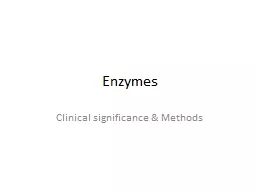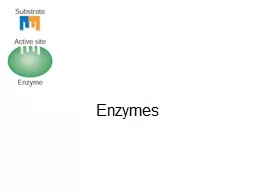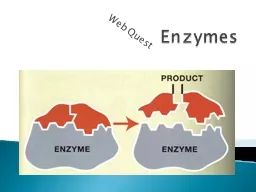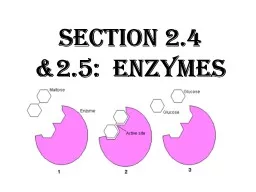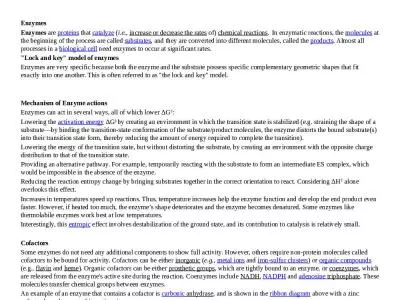PPT-Enzymes Clinical significance & Methods
Author : christina | Published Date : 2022-06-15
Measurements of enzymes in serum within a tissue enzymes as markers of disease Injury to tissue releases cellular substances that can be used as plasma markers of
Presentation Embed Code
Download Presentation
Download Presentation The PPT/PDF document "Enzymes Clinical significance & Meth..." is the property of its rightful owner. Permission is granted to download and print the materials on this website for personal, non-commercial use only, and to display it on your personal computer provided you do not modify the materials and that you retain all copyright notices contained in the materials. By downloading content from our website, you accept the terms of this agreement.
Enzymes Clinical significance & Methods: Transcript
Download Rules Of Document
"Enzymes Clinical significance & Methods"The content belongs to its owner. You may download and print it for personal use, without modification, and keep all copyright notices. By downloading, you agree to these terms.
Related Documents

